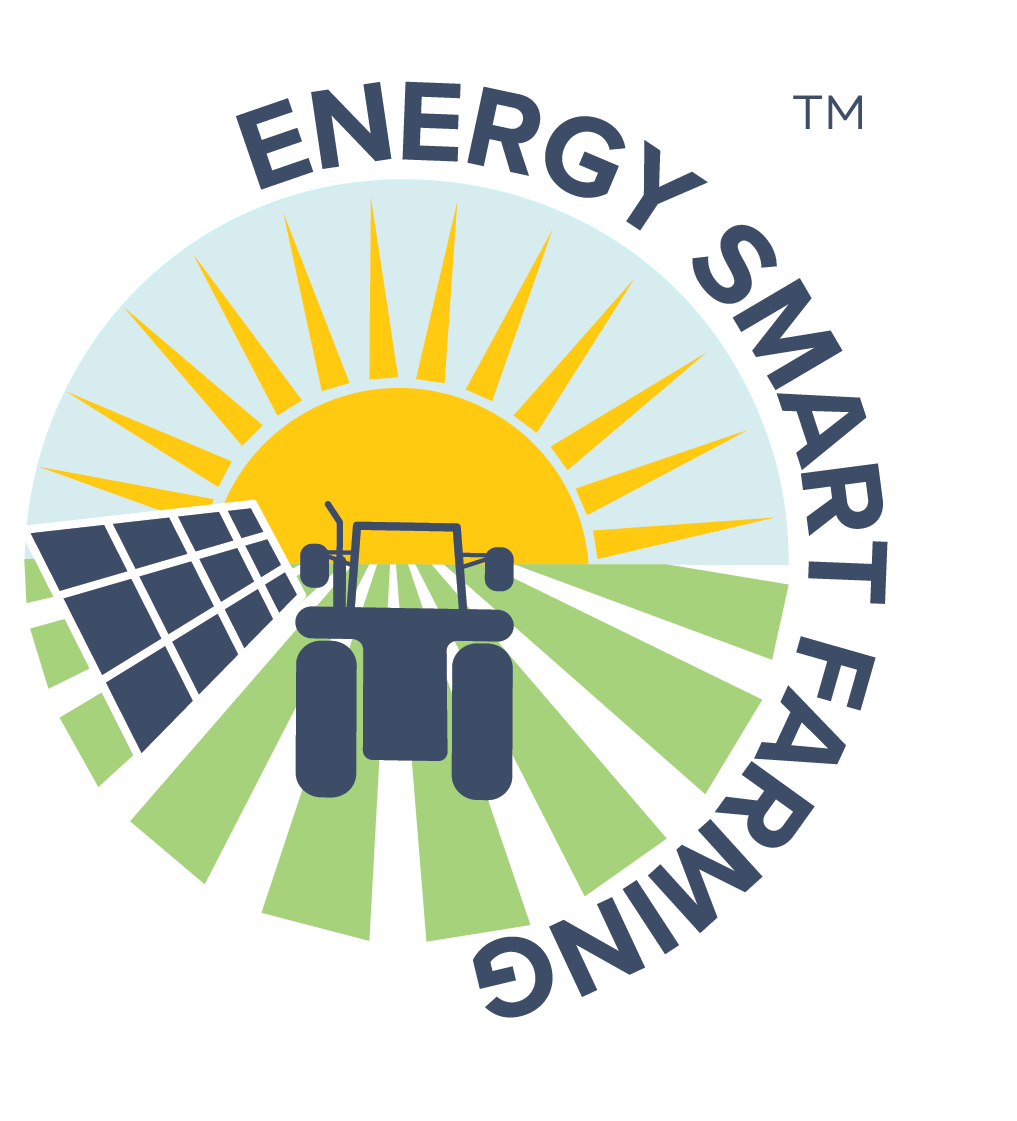At the January meeting of the Energy Smart Farming Community of Practice (ESF COP), Cliff from Refuelling Solutions outlined the development and use of “biodiesel” and “renewable diesel” and where they can fit into decarbonising diesel power.
Some of the key points:
All current commercial fuels must meet industry fuel standards – so are safe to use – unlike some earlier production.
Australia produces “Biodiesel” – but most is exported to higher paying users in countries with government incentives to use non fossil fuels.
“Biodiesel” maybe better named FAME biodiesel´ (Fatty Acid Methyl Ester) and is made by a transesterification process. Fuel made this way is not ”a drop in replacement” but can be used as a blend/additive to fossil diesel, usually 5% (B5). This is a fuel extender and lowers emissions by a similar % to the blend – (ie B5 lower emission ~5%). So, it offers a quick way to lower emissions. Although every OEM (original engine manufacturer) approves 5% FAME in their equipment, 70% of OEM’s approve 20% FAME and an increasing number are approving up to 100%, FAME does not have complete OEM support.
This FAME style of biodiesel can be a practical start to decarbonising diesel fuel supplies but depending on the blend is limited to a small percentage gain, unlike renewable diesel which offers greater levels of carbon reduction.
Renewable diesel can also be made from biological material (fats, oils woody materials etc) and there is often confusion between it and older style biodiesel – as they can be made from the same materials.
However, renewable diesel can be a 100% “drop-in replacement” for fossil diesel and the emissions reductions when using renewable fuel are much larger than FAME biodiesel. It appears to be a practical way to reduce emissions without major changes to existing machinery.
Renewable diesel is available but at a premium price and while several refineries are planned to be coming on-line – at this stage it is imported – but often made from Australian feedstock. The feedstocks are mainly fats and oils (tallow) from abattoirs that is reprocessed in Europe and returned to Australia as a valuable fuel. The development of local production would see huge reductions in carbon miles, emissions benefits and improve fuel security and employment etc.
Feedstock: – Cliff noted:
the “food versus fuel” issue is often raised, but there are many ways to achieve increased fuel production from wastes and other feedstocks without impacting food production. (It may be worth considering: One of the biggest risks to our food production maybe reliance on imported fuel!)
Cliff also introduced the 2023 Bioenergy Australia conference which included industry speakers from transport, marine construction discussing how they see renewable diesel fitting into their future.
More information
- 2023 NSW Bioeconomy Summit – Renewable diesel webinar recording
- 2024 Renewable Fuels week was held in mid March.


